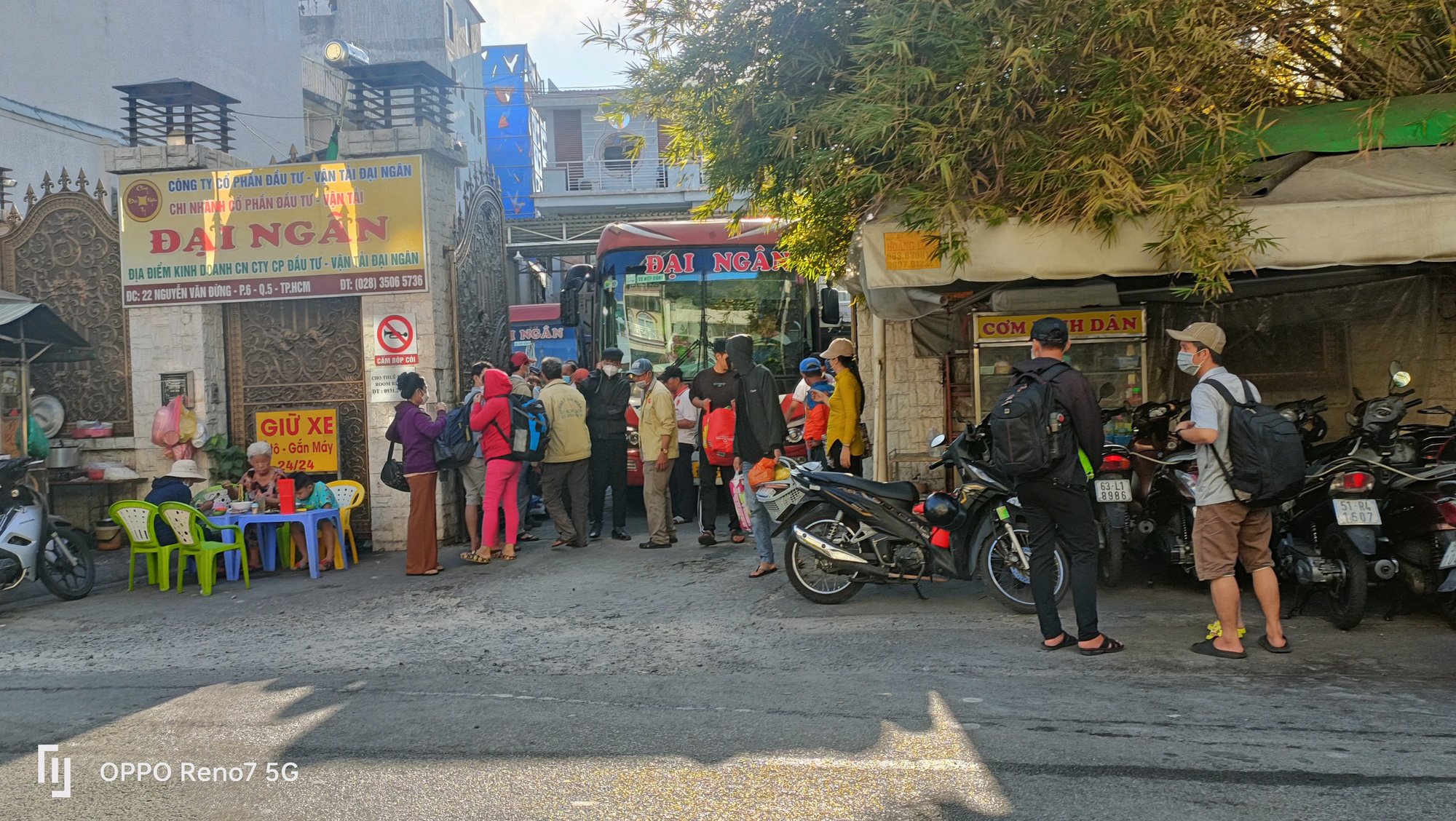
Dai Ngan bus company picks up and drops off passengers next to Huynh Kien Hoa Primary School, District 5, Ho Chi Minh City. Although people have complained many times, this situation still continues - Photo: TR.D
Recently, the authorities in Ho Chi Minh City have introduced many strong measures to deal with illegal buses and bus stations, but some bus companies still find ways to circumvent the law and continue operating. From this reality, many readers have asked the question: Why is that?
To add more perspectives, Tuoi Tre Online introduces the analysis of Dr. Pham Sanh, a traffic expert.
Why can't we eliminate illegal buses and stations?
The concept of illegal buses and stations is only heard a lot in Vietnam, but the world rarely sees documents and information about this issue.
Illegal bus stations are bus stations that are not licensed to operate according to regulations. Illegal buses are buses that pick up and drop off passengers at prohibited locations.
In general, illegal bus and station activities are illegal. Local authorities and relevant agencies have the right to handle violations at any time and anywhere.
So why does this phenomenon persist, especially in the two big cities of Hanoi and Ho Chi Minh City, despite repeated press reports and continuous efforts by local authorities to deal with it?
Why are the policies banning firecrackers, wearing helmets, or most recently measuring alcohol levels not successful?
In my opinion, one of the reasons for this prolonged situation is the lack of high response from the people and the transport business community.
In other words, they see more benefits than harm, more rationality than legality. Heavy fines don't work. Closing ports and revoking licenses and permits also have little effect.
Why is the new Eastern bus station spacious but deserted?
The new Eastern Bus Station has an investment of nearly 5,000 billion VND, is spacious, has modern facilities, organizes transit, and will connect to metro line 1 in the future.
But for many years, the bus station has remained deserted, operating at only 30% of its capacity, despite many efforts from the station and the relevant authorities. It is easy to see and many people say that the station is too far away, it costs money but it is also a waste of time going around in circles.
Since the new Eastern bus station has few passengers, many vehicles have left the station, many debates and seminars have taken place around this issue. Most experts, transport associations and bus station businesses have harshly criticized it. Unhealthy competition between vehicles entering and not entering, tax authorities and bus stations lose revenue.
No one has mentioned much about the practical needs of the people and the unreasonable planning or unreasonable organization.
In the transportation industry, airports, train stations, wharves, and bus stations are the destinations for long-distance passengers, both regional and national, both transient and international tourists.
Therefore, these hubs are usually as close to the center as possible and should be easily accessible to public transport.
Nowadays, people like buses to pick them up at their door. Customers like it, the bus company will take care of them; or the bus will serve them, so customers will benefit; it goes on and on. The bus station is always deserted. Only the Western bus station is still normal and other stations like An Suong, Ga intersection... are bustling. Including illegal bus stations.
The more choices customers have, the better.
The city bus station is one of the components of the inter-provincial transport system.
During the development process, there needs to be a policy for bus station development, both new bus stations and bus station relocation, to be able to meet the city's development and the convenience of the people.
The relocation was carried out to solve traffic congestion at the old location as well as to increase the service capacity of the terminal.
There is a trend in the world to abolish the requirement to enter and exit the city bus station for inter-provincial buses/coaches in some countries such as Germany, UK, USA and Sweden. They do not use the bus station as a transit point.
Instead, coaches and long-distance buses in these countries pick up or drop off passengers at predetermined curbs and can enter city streets.
Previously, there was a Saigon bus station for the Eastern, Central Highlands and Central provinces, initially at Ham Nghi, then at the intersection of Phu Dong, Nguyen Thai Hoc, Nguyen Cu Trinh, Cay Go...
Cho Lon bus station to the six provinces was originally near Binh Tay market, then added stations to Can Giuoc, Go Cong District 8, then moved further away from the Western port. In addition, there is An Suong bus station to Tay Ninh and Ga intersection bus station...
Therefore, there should be many bus stations, not just one or two, for easy management and to avoid urban disorder.
5 factors for bus stations to operate effectively
First is environmental quality (hygiene, dust, heat and noise, etc.), safety, lighting, facilities (waiting rooms, toilets, service shops, parking lots, overnight accommodations, etc.), ticket office and security.
The second is connectivity, including public transport connections, accessibility to roads, traffic organization around the station, distance from the station to the center, and clear and complete information about the station.
Third is the ease of delivery and transfer including stevedores, porters, port service staff, ease of goods transfer, temporary warehouses, coordination between carriers, drivers and ports.
Fourth is operator performance which includes ease of ticketing, availability of buses, passenger cars for onward travel and service to meet the needs of drivers and bus operators.
Finally, service reliability includes waiting time, punctuality, simple terminal usage procedures and reasonable costs.
Source: https://tuoitre.vn/xe-du-ben-coc-noi-hoai-van-khong-dep-duoc-tai-sao-20240624080429426.htm




![[Photo] The 5th Patriotic Emulation Congress of the Central Inspection Commission](https://vphoto.vietnam.vn/thumb/1200x675/vietnam/resource/IMAGE/2025/10/27/1761566862838_ndo_br_1-1858-jpg.webp)

![[Photo] Party Committees of Central Party agencies summarize the implementation of Resolution No. 18-NQ/TW and the direction of the Party Congress](https://vphoto.vietnam.vn/thumb/1200x675/vietnam/resource/IMAGE/2025/10/27/1761545645968_ndo_br_1-jpg.webp)
![[Photo] National Assembly Chairman Tran Thanh Man receives Chairman of the House of Representatives of Uzbekistan Nuriddin Ismoilov](https://vphoto.vietnam.vn/thumb/1200x675/vietnam/resource/IMAGE/2025/10/27/1761542647910_bnd-2610-jpg.webp)


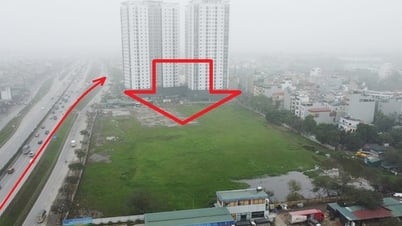





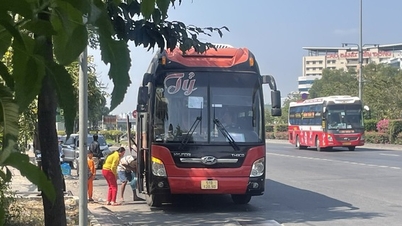






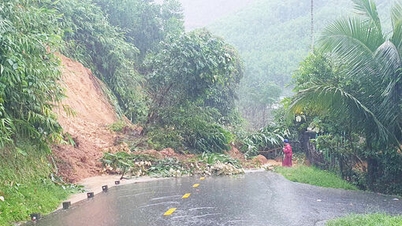





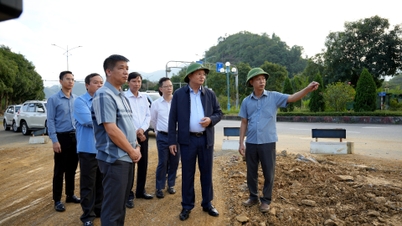








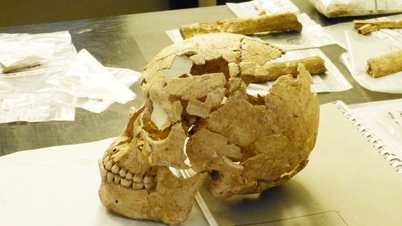

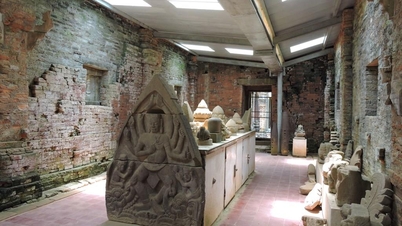


















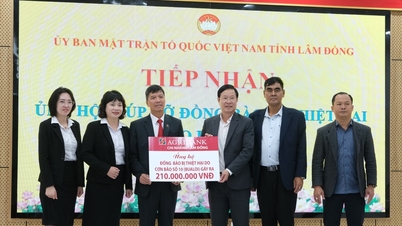



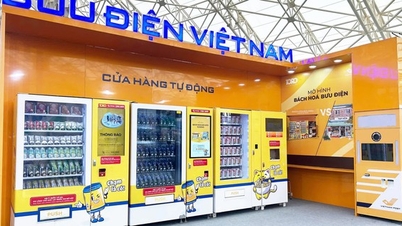



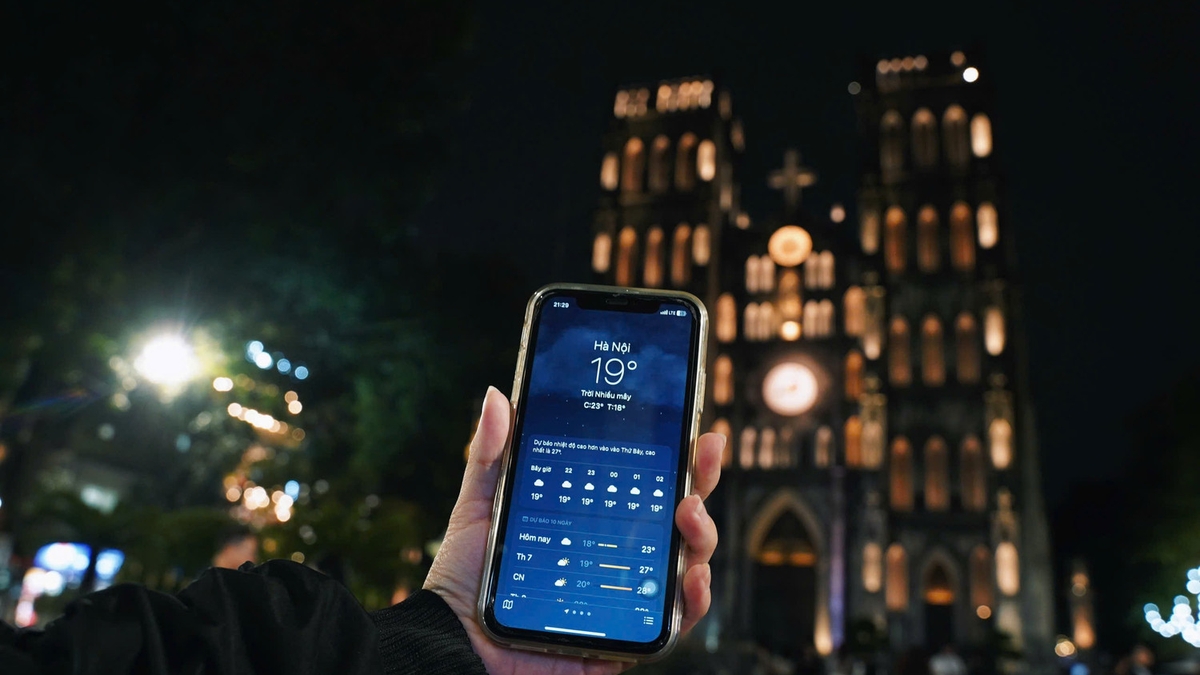
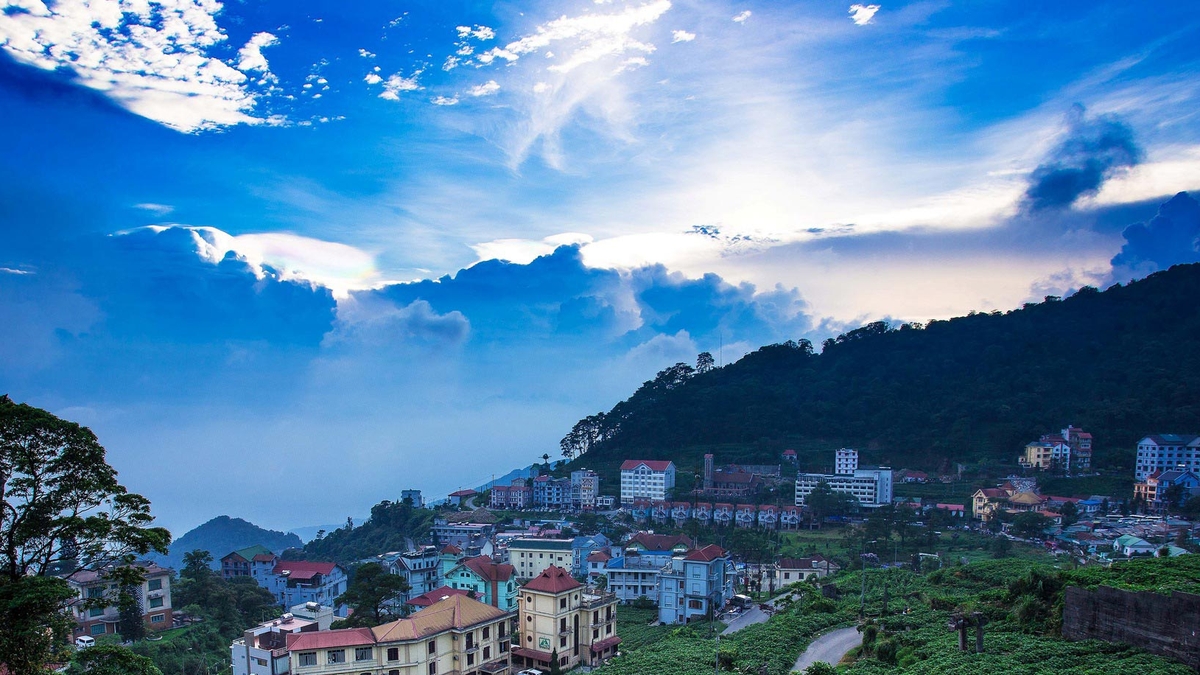











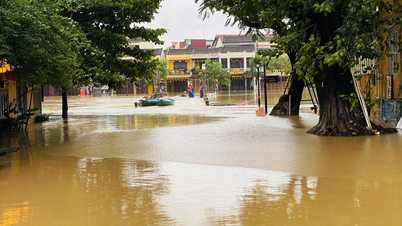



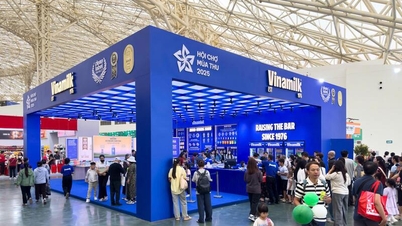







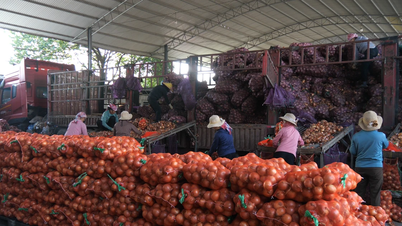

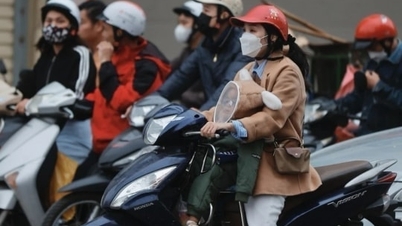


















Comment (0)